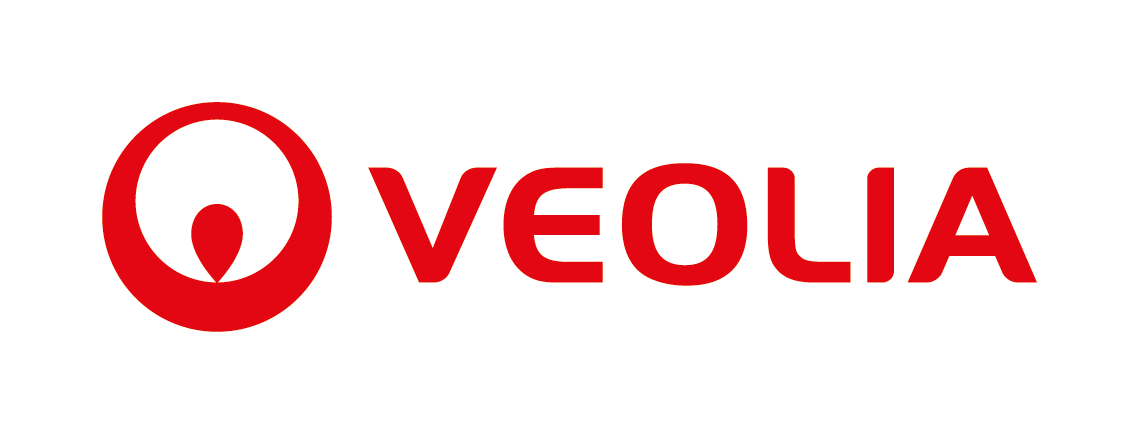N2O impact is 35 times higher than expected - this is what you need to know.
Climate change is mainly due to human activities which have released huge amounts of greenhouse gases (GHGs) since the industrial revolution.
N2O (also called Laughing Gas) is a strong greenhouse gas with a global warming potential (GWP) over 100 years 265 times higher than an equivalent mass of CO2.
The Intergovernmental Panel on Climate Change (IPCC) publishes guidelines for national GHG emission inventories. In the AR6 (2019 version) they reviewed the N2O Emission Factor (EF) to a 40 times higher value : 1.6% kg N-N2O /kg N.
Since then, various studies have shown that N2O could be responsible for up to 60% of the overall GHGs of WWTP process.
Controlling and monitoring N2O production pathways, although theoretically possible, is not easily achieved. Indeed, it is important to understand that variable operating conditions and process types are going to influence the formation of N2O. In addition, there is still an ongoing technical debate regarding the specific contribution of different N2O production pathways. (Vasilaki et al. 2019 - Duan et al. 2021

.png?width=500&height=500&name=Black%20Simple%20Image%20Gallery%20Logo%20(1).png)